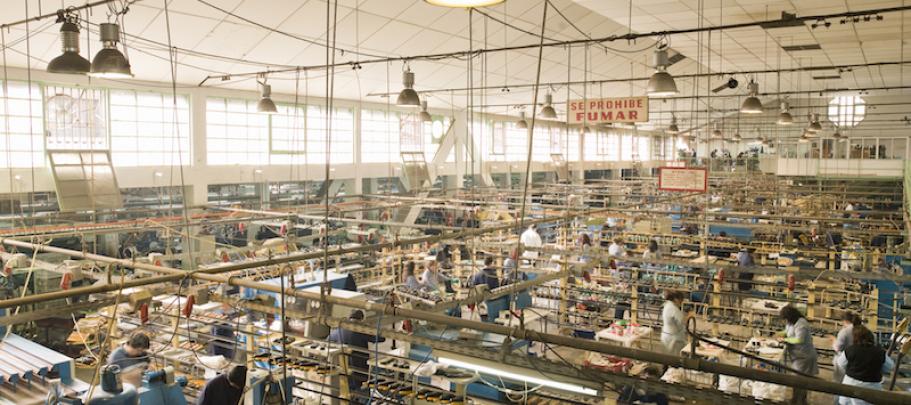
Here’s an urgent message for every communicator whose organization has multiple locations with employees who do a variety of jobs: Leave your office now. Get out into the field. Go quickly.
You may not think your workspace is fancy—it may just be a cubicle. But if you’re located in corporate headquarters or even a branch office, your environment is limiting your perspective. As a former client says, “Unless you’ve spent a hot August day on a production line in an unairconditioned factory, you don’t understand what real life is like for your workforce.”
Maybe your organization doesn’t do manufacturing. You may have employees who wear headsets in customer service. Or those who spend their days in a store. Or folks who drive trucks or forklifts. Or employees who wear goggles and work in a lab.
The point is, life is different outside the rarified atmosphere of corporate headquarters. Communication is different, too. Employees may have no access to email. They may have to stand in line in a kiosk to view the intranet. Face-to-face time may be limited to 20 minutes at the start of their shifts. Their job requirements may limit the amount of time they spend reading on the job.
If you don’t get this—and I mean, really get it—you could develop a syndrome we call “Corporate Head.” It’s like a severe head cold. Your vision is affected. You can’t hear (or listen) very well. Your sense of reality is skewed. You actually begin to believe that every employee is like the Senior Vice President of Whatever: a guy in a nice suit, college-educated, highly paid, who likes communication to be well-crafted and polished.
When you find yourself creating communication that only meets the needs of the Senior VP and others like him, it’s time to get help for your case of Corporate Head. Luckily, the treatment is simple and relatively painless: Get the heck out of your office.
Book a flight to a remote facility where employees have never laid eyes on the CEO and only rarely see their divisional VP. Drive down the Interstate to a manufacturing plant running three shifts and be there at the start and end of each shift (even graveyard). Pay a visit to a distribution center where the forklifts and trucks make so much noise that you can’t hear yourself think.
Then go back to your office and ask yourself, “Is our communication program truly meeting the needs of every employee in our organization?”
Gotta go now . . .





